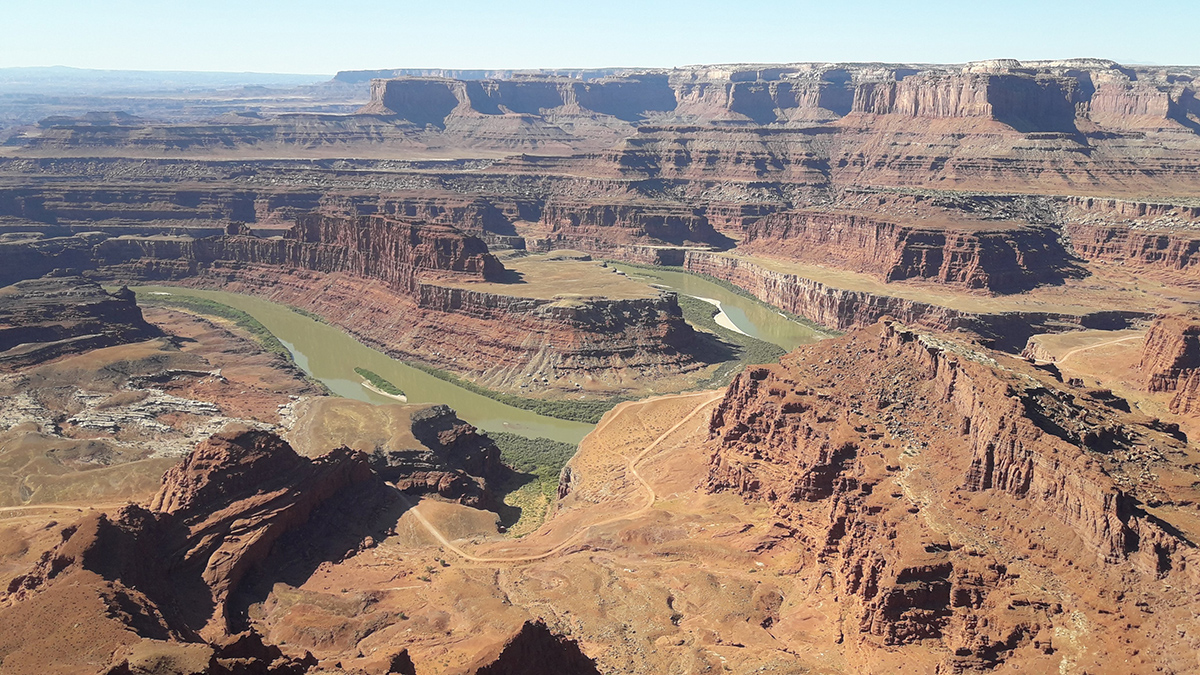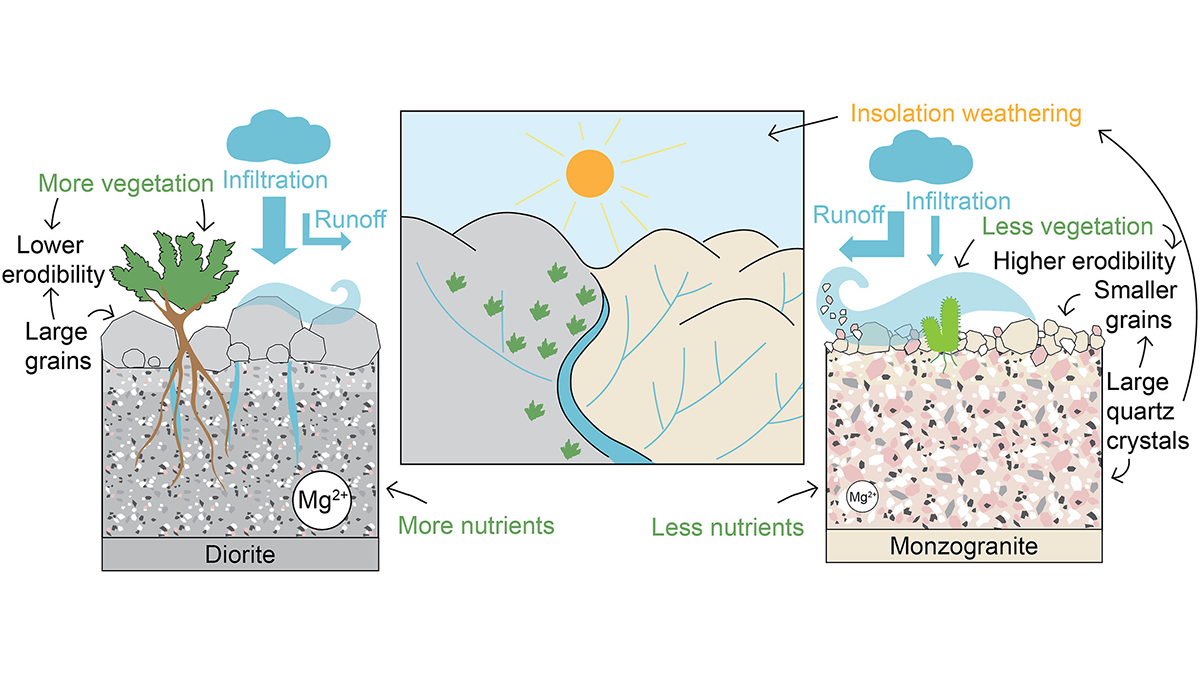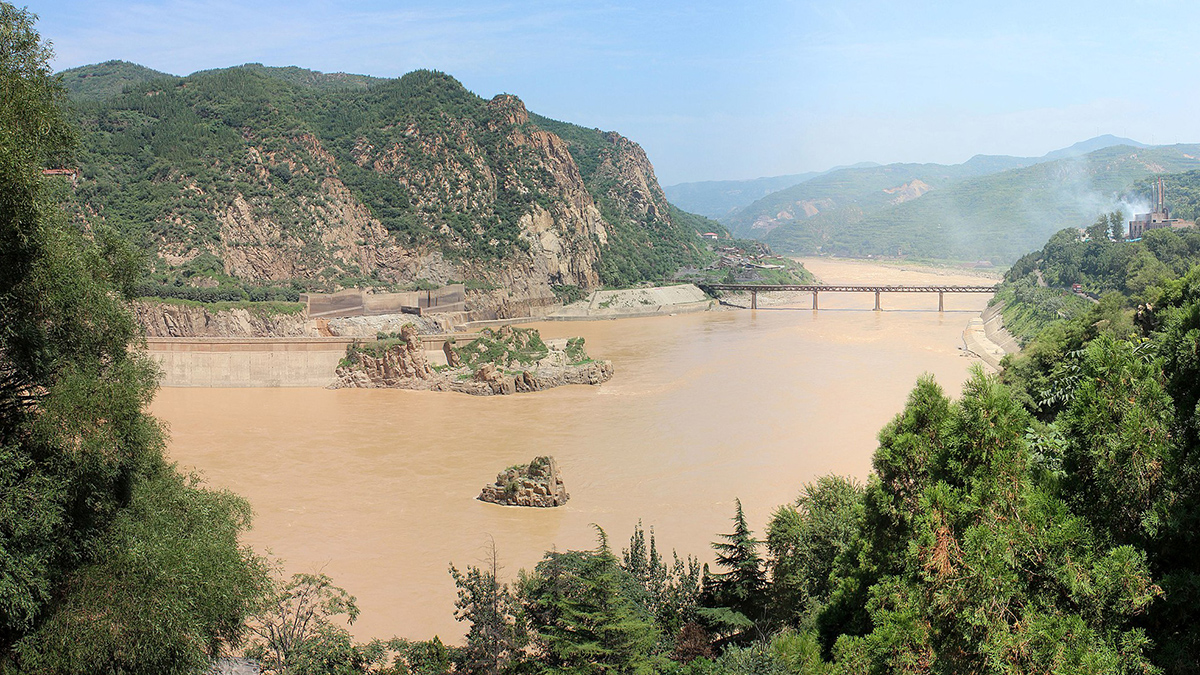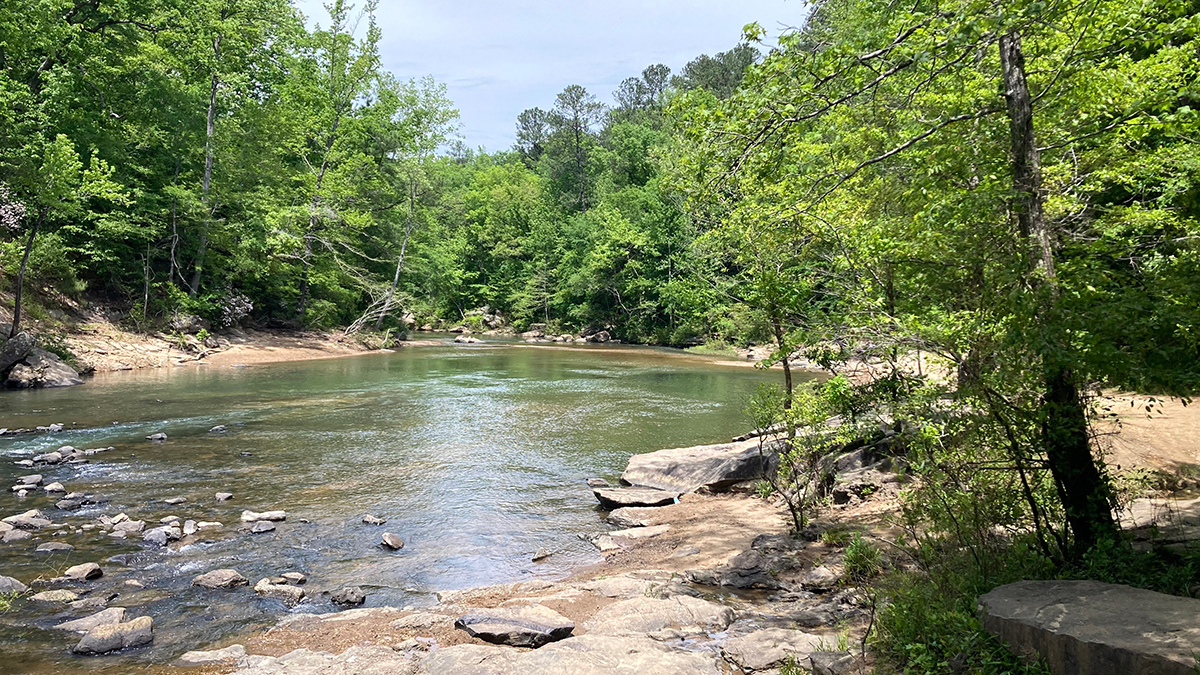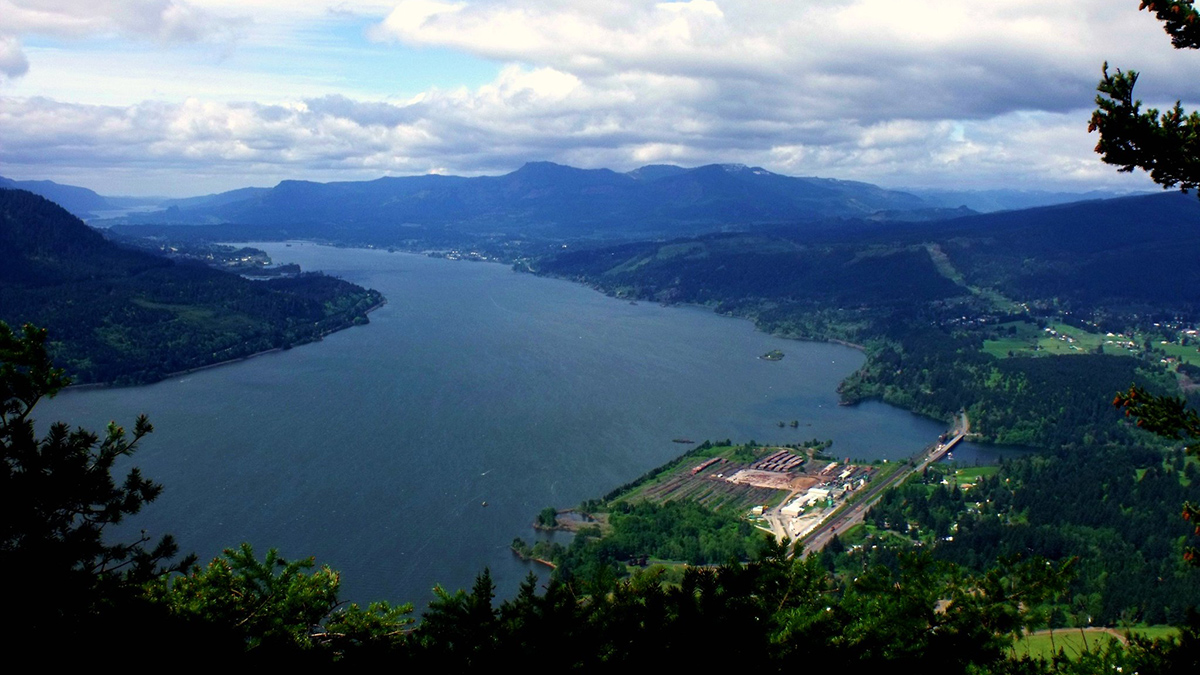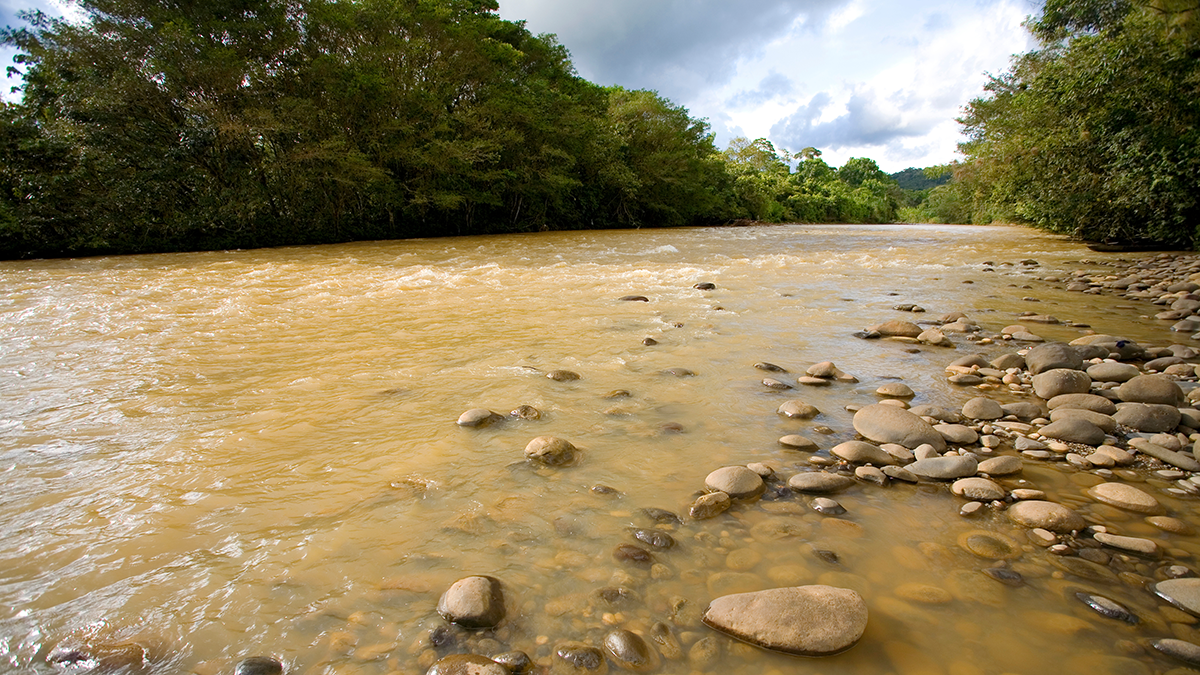A new study offers insights into a puzzling piece of the geological history of the Grand Canyon and surrounding regions.
rivers
How Rock Type Shapes River Networks and Influences Landscape Evolution
A new study in Chile shows how small differences in rock type can drive large differences in erosion, vegetation, and river networks, illuminating the role of mineralogy in shaping landscapes.
Wildfires Raise Concern About Remobilized Radioactive Contamination
Researchers collected soil and ash after the 2020 wildfires in the Chernobyl Exclusion Zone. Chemical tests suggested that the fires made it easier for contaminants to wash into nearby rivers.
Tracing Metals from Earth to Water to Life in the Yellow River
The mix of metals in China’s Yellow River stays relatively similar as it moves from the upper continental crust to biological life.
Logjams Promote Floodplain Complexity and Hydraulic Resistance
Using a new model, scientists compare logjam hydraulic impact across 37 reaches observed over 11 years in the Colorado Rockies.
Mobile Bay Has More Branching Brooks Than Shown on Federal Maps
A more accurate charting of the full extent of stream networks will help land managers better protect U.S. creeks and rivers.
New Insight into Inland Water Carbon Dioxide Emissions
A process-based modeling technique reveals surprising information about carbon emissions from rivers, lakes, and reservoirs across the contiguous United States.
New Rules for Catastrophic River Avulsion
Scientists thought two factors influencing river avulsion were unrelated, but new research suggests they may be working in tandem. The findings could help predict new river pathways and improve disaster preparedness.
Physics and Biology as Likely Stream Bedfellows
Streambeds are key sites for removal of nutrients and other contaminants through microbial processes, but are limited by diffusion, which can now be modeled from streambed physical properties.
Elementary, My Dear: Al & Be Give Evidence of Past Climate Change
10Be and 26Al concentrations in river sand reveal an increase in erosion rate in the Brazilian Highlands consistent with the Mid-Pleistocene Transition, a major climatic shift that occurred about 1 million years ago.

